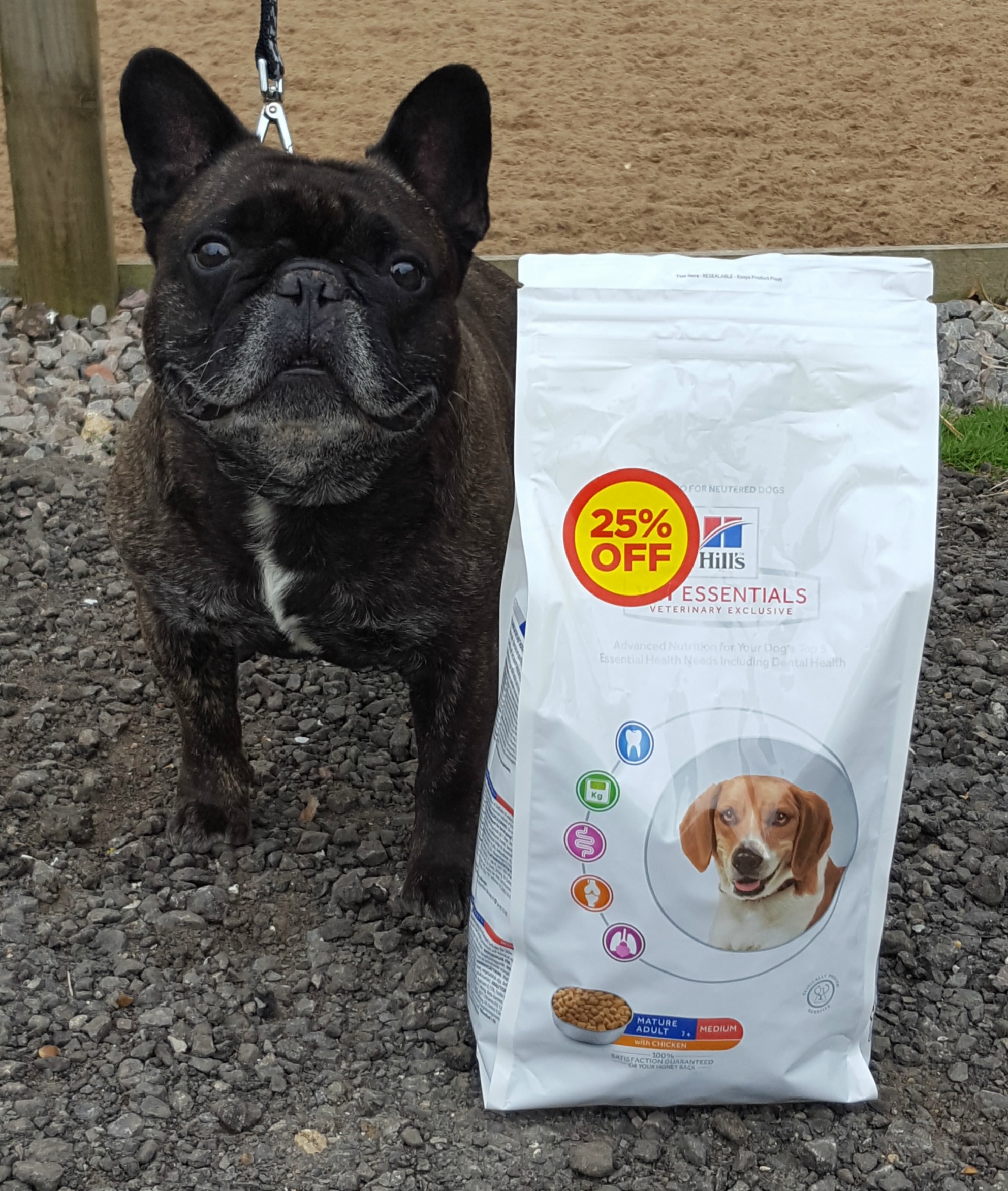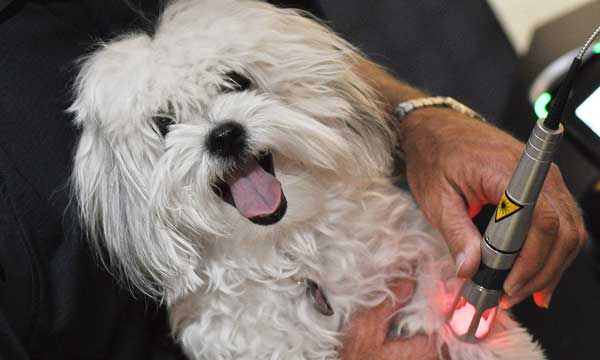Our Winter Newsletter with information about fleas, heart disease in dogs and cats , rabbit mites, and winter tips can be viewed here

Our Winter Newsletter with information about fleas, heart disease in dogs and cats , rabbit mites, and winter tips can be viewed here



We are pleased to announce the launch of our new Pet Healthcare club.
Look after your pet and your pocket!

We are pleased to announce that we can now provide Laser therapy for your pets from our Ealing surgery, using a state of the art Class 4 laser. These are widely used in human medicine and can now be used to benefit your dog or cat.
This can be particularly useful in both dogs and cats for arthritis, to speed wound healing or recovery from general surgery or after fracture treatment, lick granulomas in dogs, chronic gingivitis in cats, and for many other conditions. It is a quick and painless procedure and can be performed as an out-patient in our nurse clinics.
Please phone our Ealing surgery for further details or to make an appointment on 0208 5670711.
Healing your pain… changing your life.
About K-Laser
What is Laser Therapy?
Laser Therapy, or “photobiomodulation”, is the use of specific wavelengths of light (red and near-infrared) to create therapeutic effects. These effects include improved healing time, pain reduction, increased circulation and decreased swelling. Laser Therapy has been widely utilized in Europe by physical therapists, nurses and doctors as far back as the 1970’s. Now, after FDA clearance in 2002, Laser Therapy is being used extensively in the United States.
Patient Benefits of Laser Therapy
Laser Therapy is proven to biostimulate tissue repair and growth. The Laser accelerates wound healing and decreases inflammation, pain, and scar tissue formation. In the management of chronic pain Class IV Laser Therapy can provide dramatic results, is non-addictive and virtually free of side effects.
Has effectiveness been demonstrated scientifically?
Yes. There are thousands of published studies demonstrating the clinical effectiveness of Laser Therapy. Among these, there are more than one hundred rigorously controlled, scientific studies that document the effectiveness of laser for many clinical conditions.
Cellular Effects of Laser Therapy
During Laser Therapy the infrared laser light interacts with tissues at the cellular level and metabolic activity increases within the cell, improving the transport of nutrients across the cell membrane. This initiates the production of cellular energy (ATP) that leads to a cascade of beneficial effects, increasing cellular function and health.
Laser Therapeutic Effects
During each painless treatment laser energy increases circulation, drawing water, oxygen, and nutrients to the damaged area. This creates an optimal healing environment that reduces inflammation, swelling, muscle spasms, stiffness, and pain. As the injured area returns to normal, function is restored and pain is relieved.
How many treatments does it take? This depends on the nature of the condition being treated. For some acute conditions 1 to 6 treatments may be sufficient. Those of a more chronic nature may require 10 to 15 (or more) treatments. Conditions such as severe arthritis may require ongoing periodic care to control pain.
How long before the results are felt? You may feel improvement in your condition (usually pain reduction) after the very first treatment. Sometimes you will not feel improvement for a number of treatments. This does not mean that nothing is happening. Each treatment is cumulative and results are often felt after 3 or 4 sessions.
Can it be used in conjunction with other forms of treatment? Yes! Laser Therapy is often used with other forms of therapy, including physical therapy, chiropractic adjustments, massage, soft tissue mobilization, electrotherapy and even following surgery. Other healing modalities are complementary and can be used with laser to increase the effectiveness of the treatment.
Laser therapy was born from scientific research over 30 years ago in Europe and perfected by K-LaserUSA with the latest technological advancements.

Healing your pets pain… changing your pets life.
About K-Laser
What is Laser Therapy?
Laser Therapy, or “photobiomodulation”, is the use of specific wavelengths of light (red and near-infrared) to create therapeutic effects. These effects include improved healing time, pain reduction, increased circulation and decreased swelling. Laser Therapy has been widely utilized in Europe by physical therapists, nurses and doctors as far back as the 1970’s. Now, after FDA clearance in 2002, Laser Therapy is being used extensively in the United States.
Patient Benefits of Laser Therapy
Laser Therapy is proven to biostimulate tissue repair and growth. The Laser accelerates wound healing and decreases inflammation, pain, and scar tissue formation. In the management of chronic pain Class IV Laser Therapy can provide dramatic results, is non-addictive and virtually free of side effects.
Has effectiveness been demonstrated scientifically?
Yes. There are thousands of published studies demonstrating the clinical effectiveness of Laser Therapy. Among these, there are more than one hundred rigorously controlled, scientific studies that document the effectiveness of laser for many clinical conditions.
Cellular Effects of Laser Therapy
During Laser Therapy the infrared laser light interacts with tissues at the cellular level and metabolic activity increases within the cell, improving the transport of nutrients across the cell membrane. This initiates the production of cellular energy (ATP) that leads to a cascade of beneficial effects, increasing cellular function and health.
Laser Therapeutic Effects
During each painless treatment laser energy increases circulation, drawing water, oxygen, and nutrients to the damaged area. This creates an optimal healing environment that reduces inflammation, swelling, muscle spasms, stiffness, and pain. As the injured area returns to normal, function is restored and pain is relieved.
How many treatments does it take?
This depends on the nature of the condition being treated. For some acute conditions 1 to 6 treatments may be sufficient. Those of a more chronic nature may require 10 to 15 (or more) treatments. Conditions such as severe arthritis may require ongoing periodic care to control pain.
How long before the results are felt?
Your pet may feel improvement in their condition (usually pain reduction) after the very first treatment. Sometimes they will not feel improvement for a number of treatments. This does not mean that nothing is happening. Each treatment is cumulative and results are often felt after 3 or 4 sessions.
Can it be used in conjunction with other forms of treatment?
Yes! Laser Therapy is often used with other forms of therapy, including physical therapy, chiropractic adjustments, massage, soft tissue mobilization, electrotherapy and even following surgery. Other healing modalities are complementary and can be used with laser to increase the effectiveness of the treatment.
Laser therapy was born from scientific research over 30 years ago in Europe and perfected by K-LaserUSA with the latest technological advancements.
Unusually for this time of year, we are still seeing a large number of flea related problems. Once your central heating is put on, any flea eggs in the house will hatch out resulting in large numbers of fleas appearing. Each individual flea can lay hundreds of eggs in the house which are resistant to virtually all cleaning methods. We strongly recommend that you treat your pet with a spot on flea treatment from the surgery (in our experience supermarket brands tend to be of an inferior quality to our recommended products) and use a household flea spray on the carpets and floors.
Many people find their pets slow down in the colder weather. In middle aged and older animals this may be related to underlying arthritis. With dogs it is usually more obvious as it causes stiffness getting up or limping when walking. Cats however often hide signs of arthritis. They may be reluctant to jump onto surfaces or may not be able to jump as high as they used to.
Weight control is very important if your pets do have arthritis, so try not to give too many treats this Christmas! We have special diet foods for both dogs and cats which are generally much more effective than simply reducing their current food.
Nutritional supplements can be given to both dogs and cats for arthritis, and may be benefiicial. It is important to use high quality supplements as the effectiveness of these can vary greatly. We can advise on which is the best one to use for your pet.
Anti-inflammatory medications may also be beneficial for both dogs and cats with arthritis, either for short term or long term use. Remember NEVER give human anti-inflammatory medications to pets unless directed specifically by the vet. Some human medications are highly toxic to pets (for instance paracetamol is often fatal if given to cats).
Regular exercise is also important for dogs to maintain mobility in the colder months. Frequent short walks may be better than one longer walk.
Finally a reminder that Christmas cake, Christmas pudding, Stollen mince pies and chocolate can all be poisonous to dogs. Poisonous plants include holly, ivy and mistletoe. Pointsettia and lillies are toxic to cats.
Please feel free to call us if you would like advice on any of the issues we have raised. Just click on the link to our website below for details of your surgery. We are here to help.
With festive wishes from all the team at Young Veterinary Partnership. We look forward to continuing to care for your pet in 2015.


Young Veterinary Partnership

There are many potential household and garden toxins or poisons that may harm cats and dogs. We give you some tips on what to avoid, and what to do if your pet has been affected.
Raisins, Grapes, Onions, Chocolate, Alcohol, Leeks, Garlic.
Lillies, Rhododendron , Azalea, Marijuana, Pointsetta, Yew, Deadly nightshade, Holly, Ivy, Mistletoe.
Rat poison, Paracetamol/Ibuprofen (paracetamol is often IMMEDIATELY FATAL to cats), Chewing gum (zylitol), Anti-freeze (ethylene glycol), Permethrin (poisonous in cats and in high quantities in dogs – often found in supermarket anti-flea products), Weed killers / herbicides (Paraquat/doquat), Blue-green Algae, Batteries, Lead, Insecticides (Organophosphates), Slug bait (Metaldehyde), Psoriasis creams (Vitamin D analogues), Bleach, Strong detergents.
If the toxin was ingested up to 2-3hrs ago we may administer a small injection which will make your pet vomit. This can stop any further toxin being absorbed into the stomach and intestines, but is not suitable for all toxins. After this we may try to feed your pet some adsorbents such as activated charcoal. Adsorbents bind to any toxin left in the stomach and prevent any further digestion. If the toxin was on your pet’s skin we may instruct you to wash your pet with some warm mild shampoo.